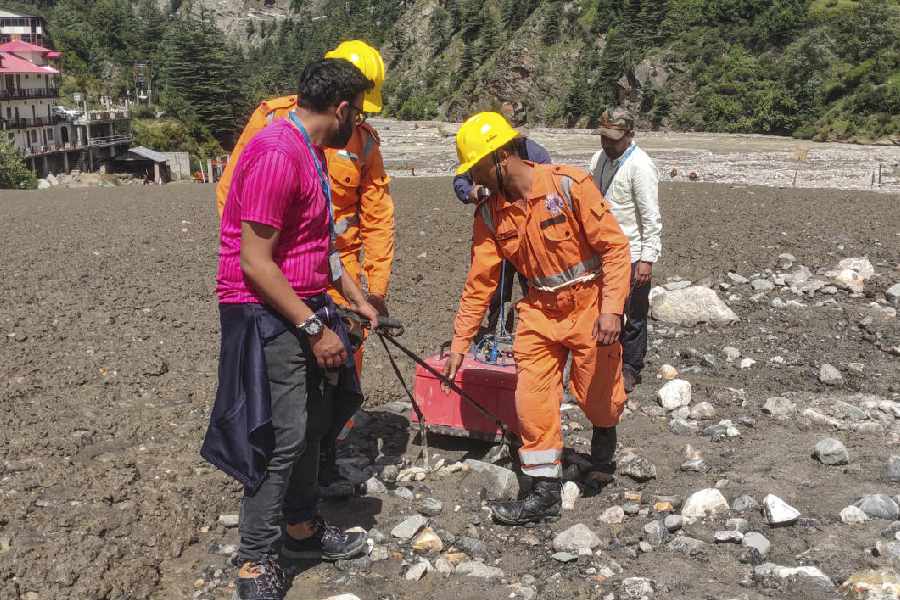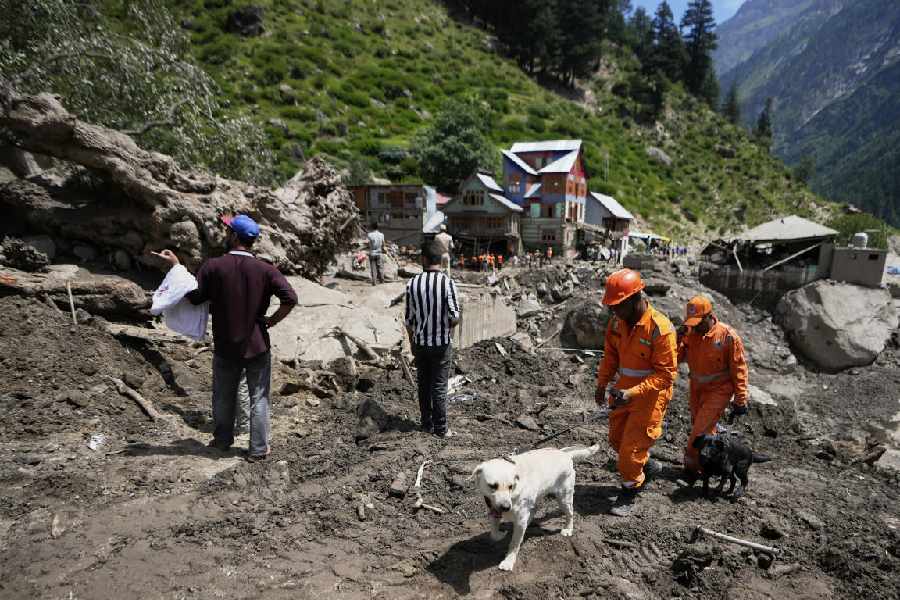 |
| Patliputra Industrial Area |
Patna, Aug. 28: A day after the cabinet approved the Private Industrial Area Policy, entrepreneurs popped an ever-familiar poser: from where would the land come?
Industrialists contacted by The Telegraph said that with the majority of landowners unwilling to let their land slip away, the perennial problem about the availability of land remained.
Also, with the average land holding in Bihar less than an acre and with land records not updated properly, the policy has already started its walk towards meeting the same end as the “Aao Bihar” initiative.
“The basic question is the availability of land. It is known that a majority of landowners in Bihar don’t want to sell their land under any circumstances. They will prefer keeping it idle. The industrial areas with the state have little or no land left. The government has asked investors to find their own land and is willing to offer only assistance. Under these circumstances, what makes the government believe that a group of landowners will join hands and offer to declare their land as a private industrial area?” said Satyajit Kumar, chairman of the PHD (Progress Harmony Development) Chamber of Commerce and Industry for Bihar.
A minimum of 25 acres of land is needed for the creation of the Private Industrial Areas.
K.P.S. Keshri, president of the Bihar Industries Association (BIA), explained to The Telegraph the salient features of the policy. “A Private Industrial Area needs to be developed on a plot not less than 25 acres in size. Those having smaller contiguous plots too can join hands for setting up the area. Be it one plot or a congregation of several smaller ones, to manage a private industrial park one needs to float a special purpose vehicle (SPV) that would be entitled to carry out all area-related dealings,” he said.
“The permission for forming the SPV has to be taken from the industries department. The department, in turn, is supposed to check the land records and other parameters before giving the go-ahead. It would be the responsibility of the SPV to provide basic infrastructure for the area — boundary wall, connecting roads, electricity feeder, drainage and sewerage system, an administrative building, proper lighting facility, water etc. Of the total cost incurred on infrastructure development, the government will provide a subsidy of 30 per cent.
There has to be a minimum of 10 units in any Private Industrial Area. The SPV would have the right to lease the land for a period of 30 years or even sell it to entrepreneurs. The land rate will be decided by the SPV and it can be more or less than the government-approved rate,” Keshri added.
The policy further says that 70 per cent of the industrial area land will be earmarked for manufacturing, 20 per cent of it for general use and 10 per cent of the land will be reserved for the SPV exclusively.
But industry watchers like Satyajit Kumar are doubtful about the availability of land.
“In Bihar, the ownership of land or land holding on an average is less than an acre. This means that one will need more than 20 people to have 25 acres of land. Another problem lies in the fact that the land records in the state are not properly maintained. Under these circumstances, problems, hassles and conflicts are sure to crop up,” he said.










